We look at 5 different types of vehicle registration: concessional, conditional, taxi, seasonal, and unregistered vehicle permits. Do you know what type of registration your vehicle needs? Read More
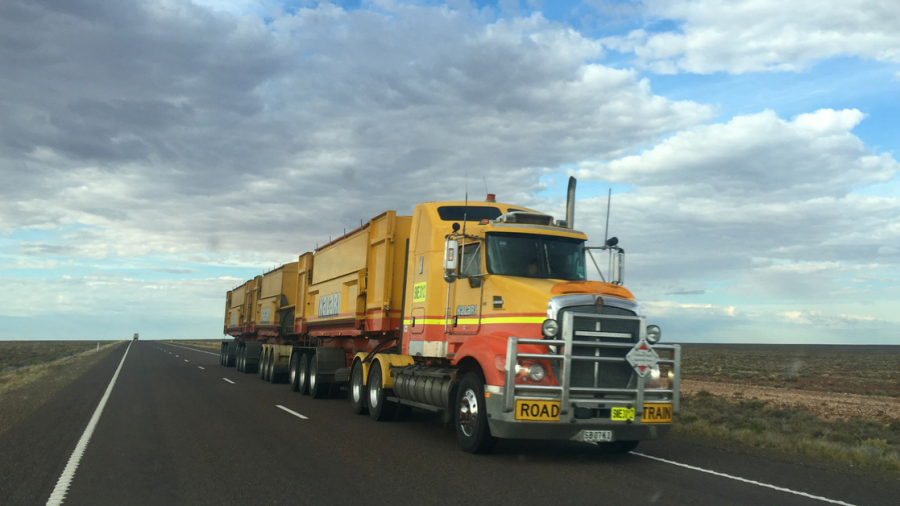

We look at 5 different types of vehicle registration: concessional, conditional, taxi, seasonal, and unregistered vehicle permits. Do you know what type of registration your vehicle needs? Read More
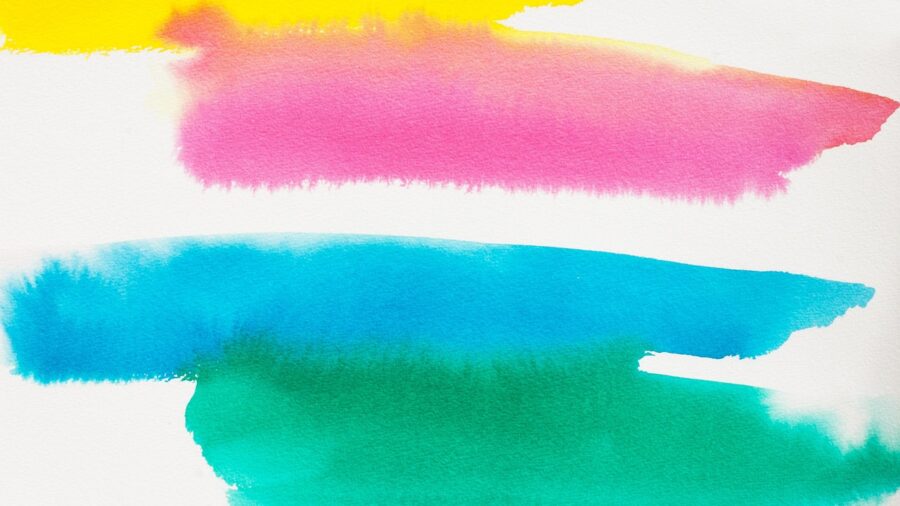
In NSW, you have to buy a green slip before you can register your vehicle. Vehicles more than 5 years old also need a pink slip each year. Unregistered vehicles may need a blue slip. Find out what they are and whether you need one. Read More
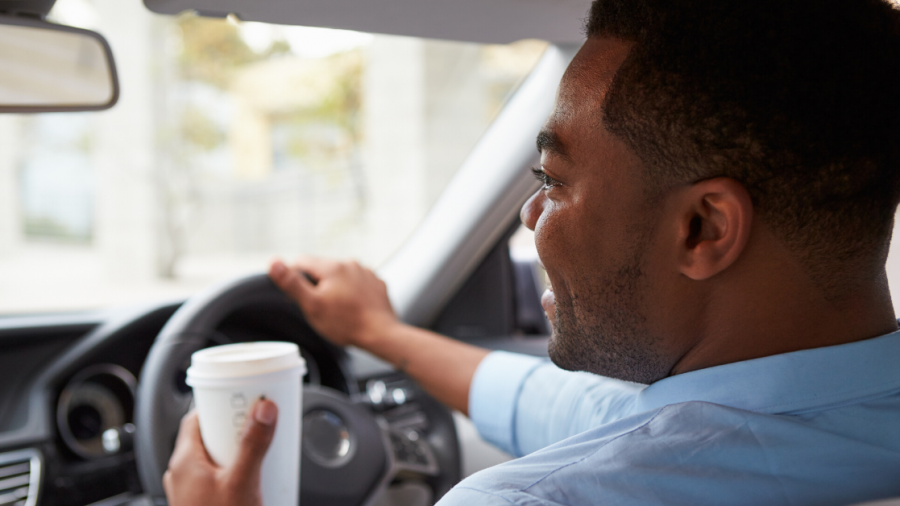
Are you thinking of driving a taxi or using your vehicle for rideshare? You may be wondering what to do and how much it will cost to drive. Find out the initial and ongoing costs of running a taxi or rideshare. Read More
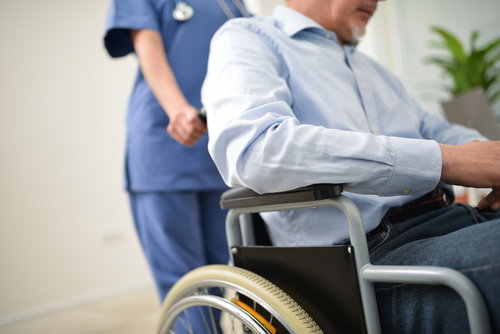
You need compulsory third party (CTP) insurance to register a vehicle in Australia. It protects you from financial loss if your vehicle is involved in a road accident causing injury or death to yourself, other drivers, passengers or pedestrians. That’s why it’s worth understanding CTP insurance. Read More
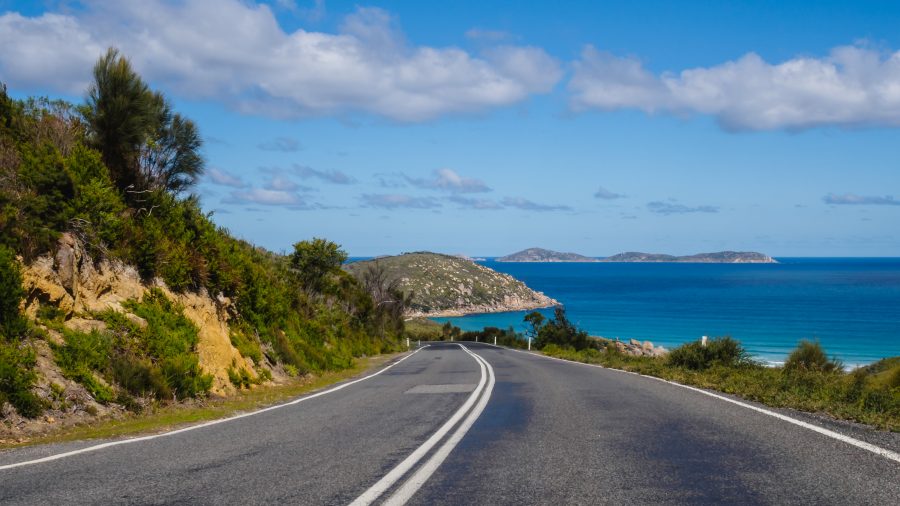
Did you know the way you drive is an important factor in your green slip price? Find out how to be what insurers consider to be be a ‘good’ driver. We reveal how much your driving record affects your greenslip price. Read More
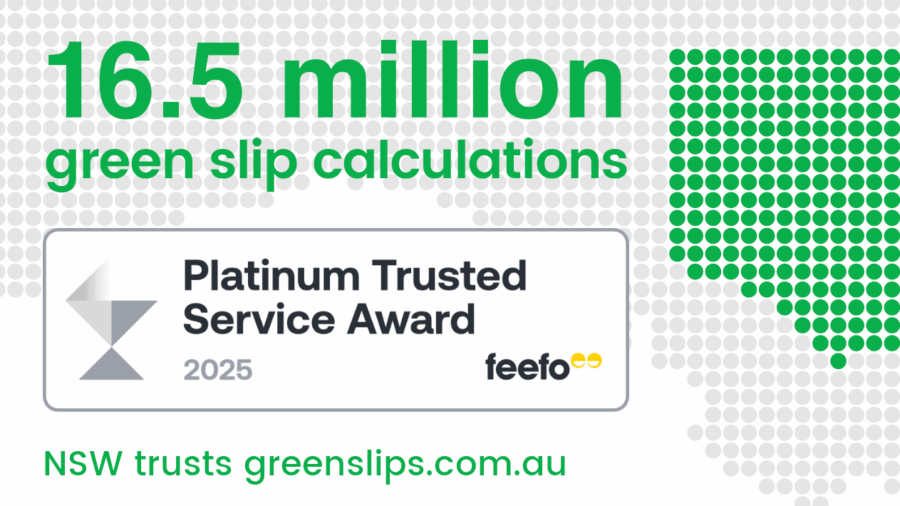
Do you use our green slip calculator every year? We analysed all our anonymous calculator visits during the year to 30 June 2025. Find out if you are a typical visitor. Read More

If the price of your green slip has gone up, it may be because of a change in your vehicle or circumstances. Insurers consider many factors to set the price of your green slip. Find out some possible reasons why yours has gone up. Read More
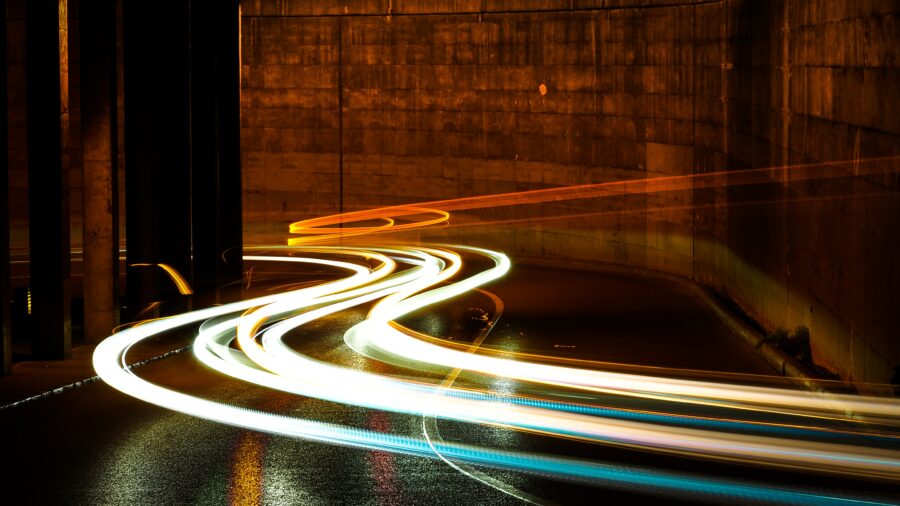
How much do you know about speed and speeding? These top 10 tips will help you stop speeding and keep you on the right side of the law. This will also make your green slip cheaper. Read More
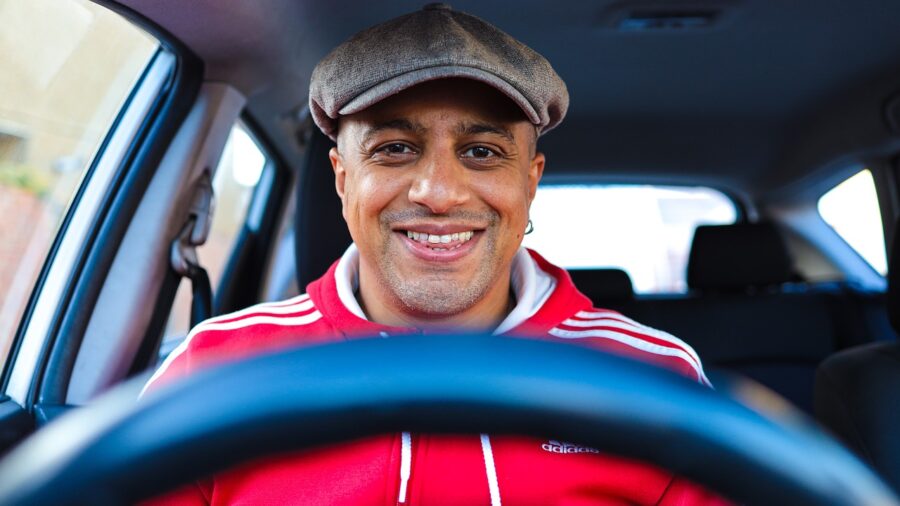
Some drivers want extra cover in case they’re involved in a road accident and it’s their fault. Is At-Fault Driver Cover worth it? Perhaps, if you drive for work, drive often or travel long distances. Only NRMA Insurance now offers this type of cover on top of its green slip. Read More
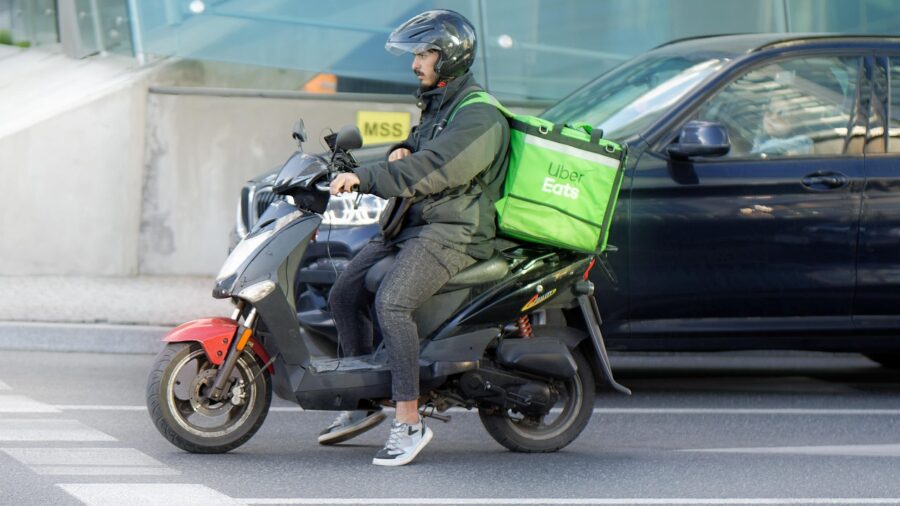
Rideshare drivers have to pay extra for their CTP green slips when they make trips with fare-paying passengers. Food delivery drivers pay the same as other drivers (for the same details). Find out how much you could pay for a rideshare green slip. Read More
Do you have more questions about CTP green slips, insurers or the greenslips.com.au Calculator? Search our site using our new AI Search.